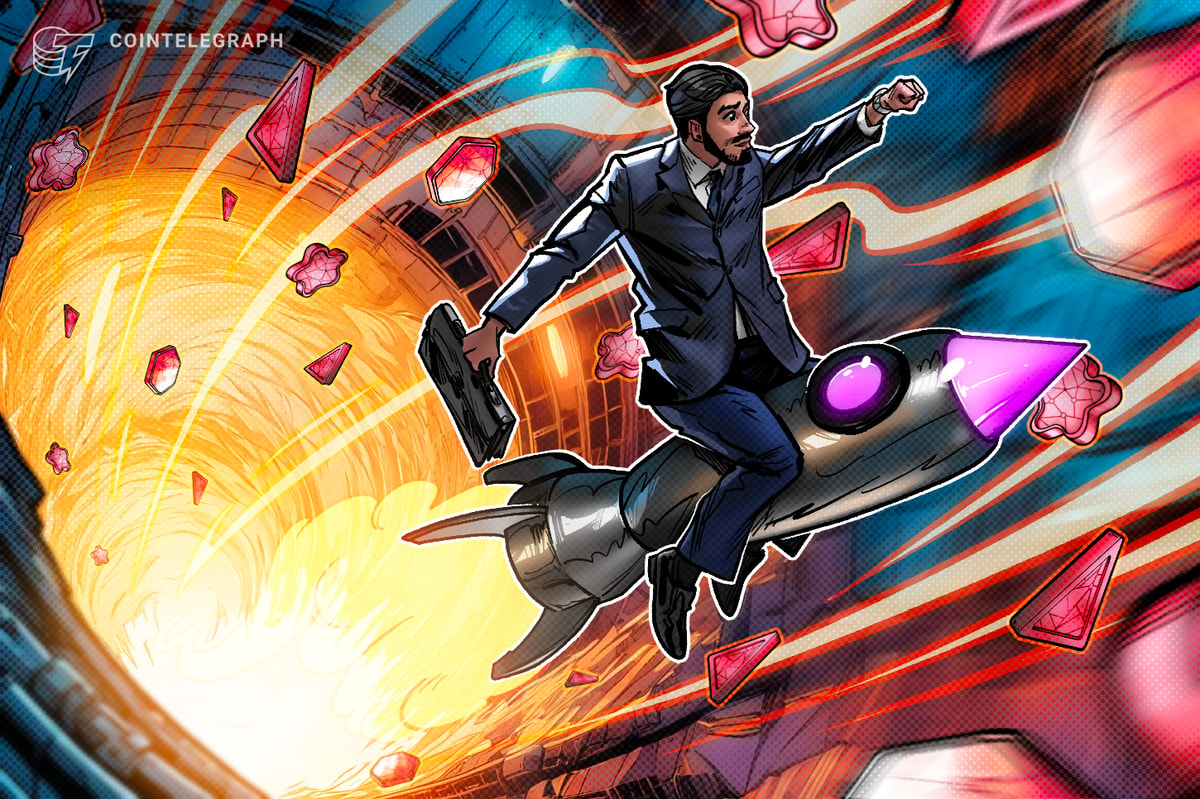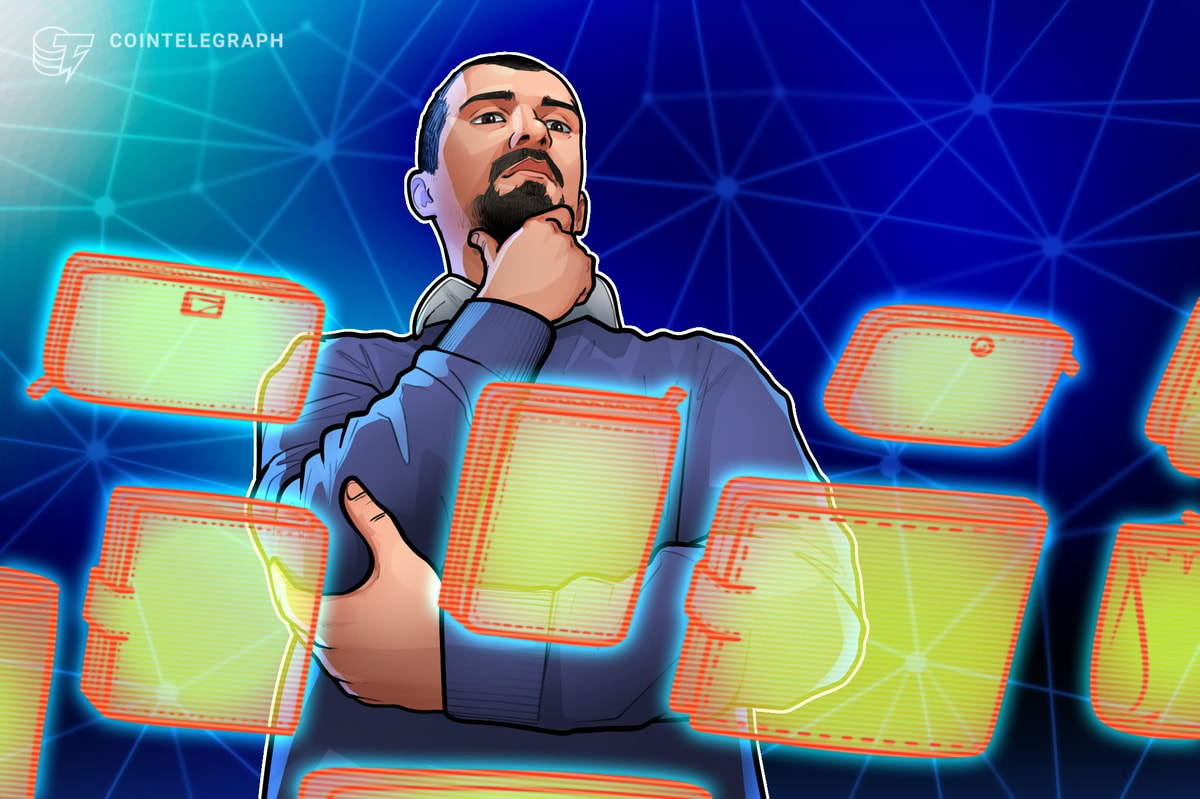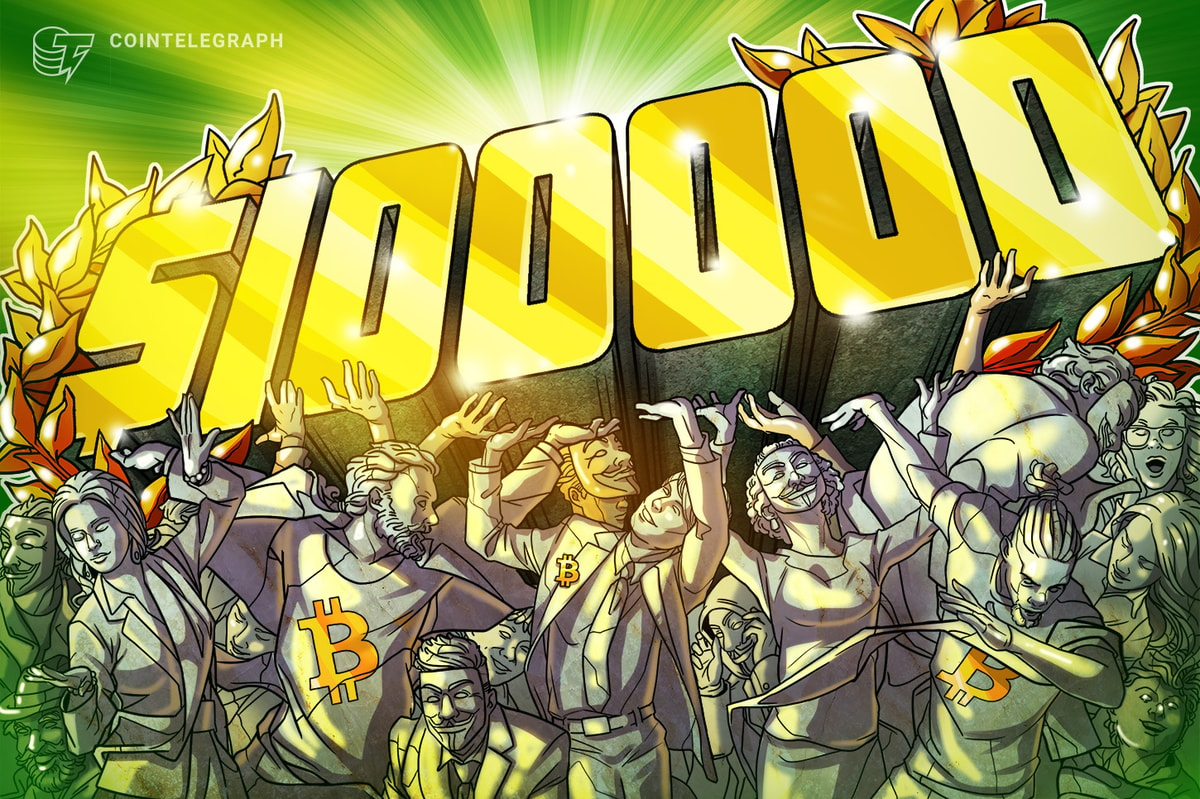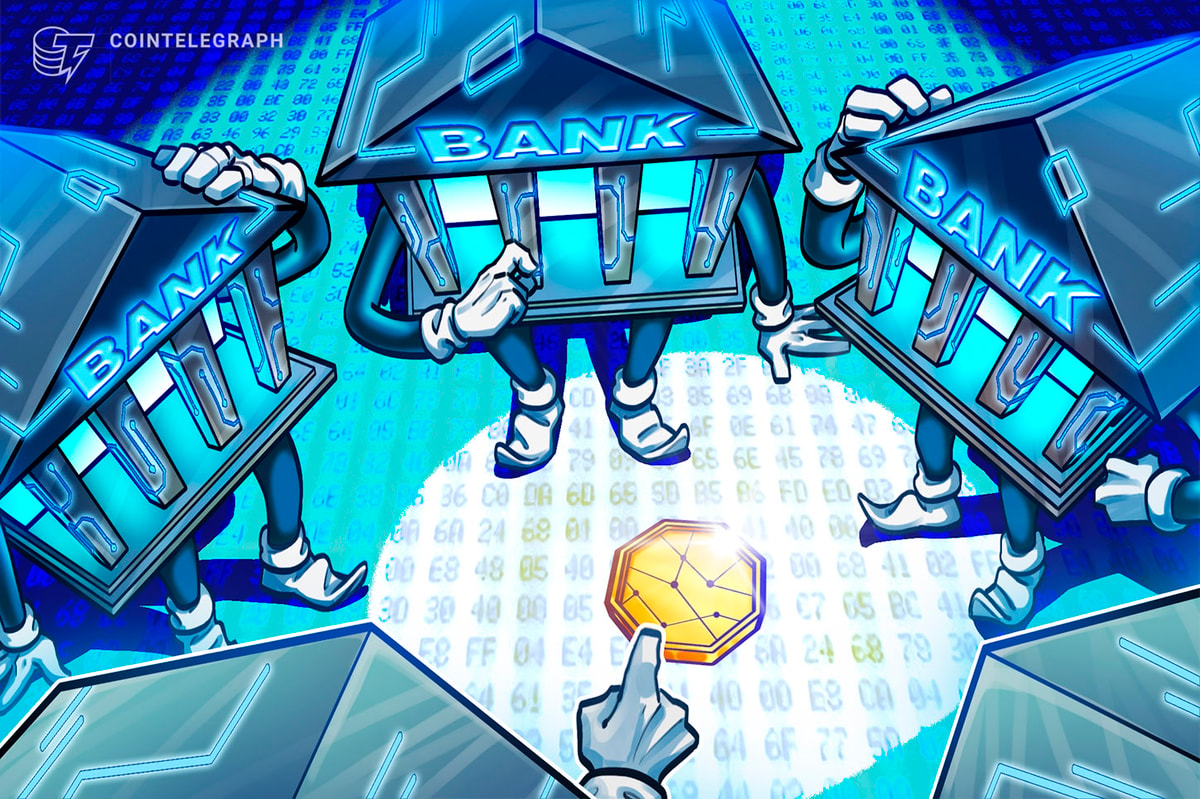The digital age continues to revolutionize traditional sectors, with real-world asset (RWA) tokenization emerging as a groundbreaking concept. RWA tokenization has presented itself as an opportunity for much greater investment accessibility and operational efficiency than traditional securitization processes. Across the world, RWA tokenization depends heavily on navigating complex legal and regulatory landscapes, particularly in the United States.
Real-world asset tokenization involves representing physical assets like real estate, commodities, or financial instruments as digital tokens on a blockchain. These tokens function as digital proof of ownership, enabling fractional ownership, streamlined transactions, and enhanced liquidity. The tokenization of US Treasurys, real estate, and even air rights showcases the growing interest in this sector, with the market exceeding $12 billion in 2024.
Navigating regulatory boundaries
Although there have been ongoing discussions over the uncertainty of laws and regulations surrounding non-security crypto assets, the regulatory and legal environment for security tokens is much clearer, particularly in the United States. Regulatory bodies such as the Securities and Exchange Commission (SEC) have tended to approach novel crypto assets with securities-like features primarily by applying existing securities laws practices. For instance, tokenized offerings typically require registration or exemptions, and issuers must adhere to restrictions such as resale limitations under Rule 144 of the Securities Act of 1933.
Uncertainty with regard to non-security crypto assets has sometimes restricted their growth and adoption in the United States. However, crypto assets with securities characteristics, such as those tokenizing RWAs, have not suffered from such hurdles, and the United States remains a lucrative market for their adoption. This aligns with other jurisdictions, such as the European Union, which is currently in the process of implementing its Markets in Crypto-Assets (MiCA) framework.

Recognizing technical barriers
RWA tokenization faces some challenges that must be addressed to realize its potential. Regulatory uncertainty is one barrier, such as inconsistencies internationally, although existing US securities laws and the EU’s MiCA framework have been an improvement. Technological limitations, including blockchain scalability, security vulnerabilities, and interoperability issues can hinder seamless operations.
Further, market readiness also lags, as fragmented liquidity and limited investor confidence slow adoption. Additionally, operational barriers, such as ensuring trust in underlying assets, transparent valuations, and standardized processes further complicate implementation. Ultimately, widespread adoption is impeded by the need to educate stakeholders and build a robust infrastructure to support efficient trading and settlement.
Provided that these challenges can be addressed, the benefits of tokenization extend beyond traditional finance, reshaping how assets are owned, traded, and managed. Tokenization can allow for flexible fractional ownership which can introduce smaller investors to high-value markets like real estate and fine art, both of which have traditionally been restricted to investment by high net-worth persons. This can improve liquidity in previously illiquid markets.

Provided that interoperability issues are addressed, blockchain technology associated with tokenization also improves operational efficiencies by facilitating instantaneous settlements, reducing administrative overhead, and ensuring transparent recordkeeping. Anchorage Digital and Fireblocks are examples of services that enable interoperability across custody platforms to secure token management.
Expanding investment access
As familiarity is built with the technology and vulnerabilities are addressed, tokenized assets have the ability to become more secure and transparent, which can foster further trust among investors and issuers alike. Finally, tokenization has provided the means to introduce new asset categories such as virtual real estate, which has been spurred on by the rise of virtual and augmented reality and has broadened investment opportunities.
The global adoption of RWA tokenization is poised for exponential growth. Institutional players like BlackRock are already paving the way, with initiatives like the USD Institutional Digital Liquidity Fund (BUIDL) that tokenize US Treasurys. These projects highlight the increasing institutional appetite for digital asset innovations.
The interplay between technological advancements and regulatory frameworks will be crucial to continued adoption. Crosschain interoperability solutions, such as the partnership between Securitize and Wormhole, aim to overcome liquidity fragmentation by enabling asset transfers across blockchains. As interoperability improves, so will investor confidence and market efficiency.
RWA tokenization represents a paradigm shift in how assets are managed, traded, and owned. While legal, regulatory, and technological hurdles remain, the potential for economic transformation is undeniable, and the securities laws of the United States can serve as fertile ground for continued growth.
As institutions embrace blockchain’s promise of efficiency and accessibility, and jurisdictions worldwide adopt supportive regulatory measures, the tokenization of assets is set to redefine global finance. For now, the roadmap involves balancing innovation with compliance. Policymakers, businesses, and investors must collaborate to realize the immense potential of RWA tokenization while safeguarding the integrity of financial systems. This transformative technology is not just a trend—it’s the future of asset ownership and investment.
Wylie Schnorr is a member of Bull Blockchain Law LLP’s Canadian and international legal team and focuses his practice on corporate law, mergers and acquisitions, international commercial transactions, and fund formation and structuring. Wylie obtained his juris doctor from Dalhousie University, Canada, with a specialization in business law and has prior experience working on the in-house legal team of a publicly listed fintech incubator.
Wylie currently assists clients on a wide range of transactional work as well as on the structuring of token launches for various types of crypto assets. He has also provided guidance on securities laws compliance, virtual currency business registration, and other digital asset regulatory licensing.











